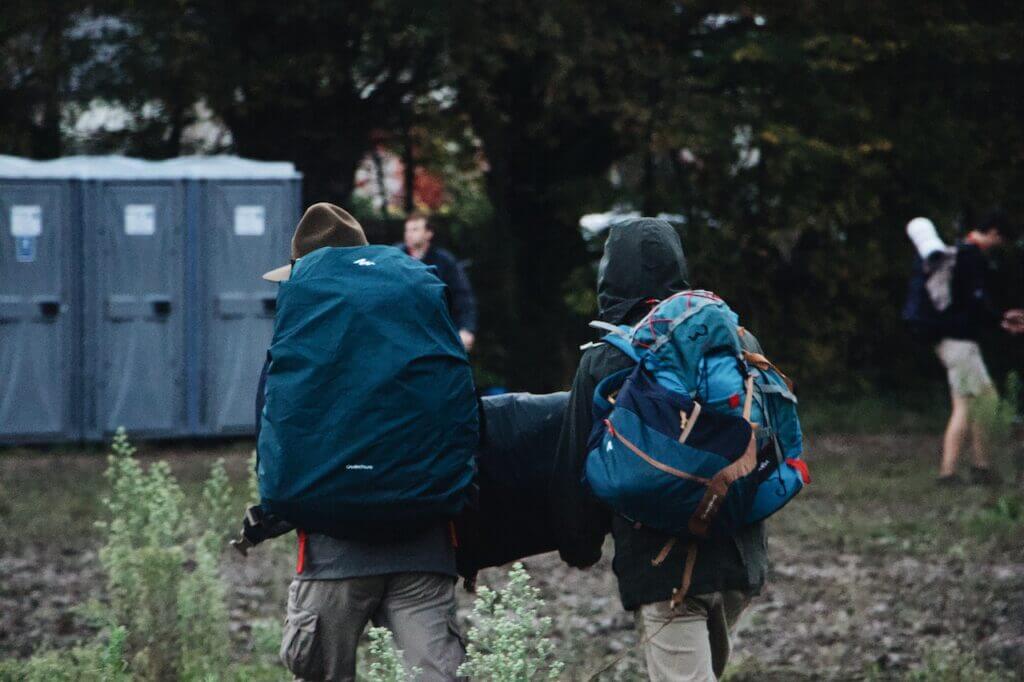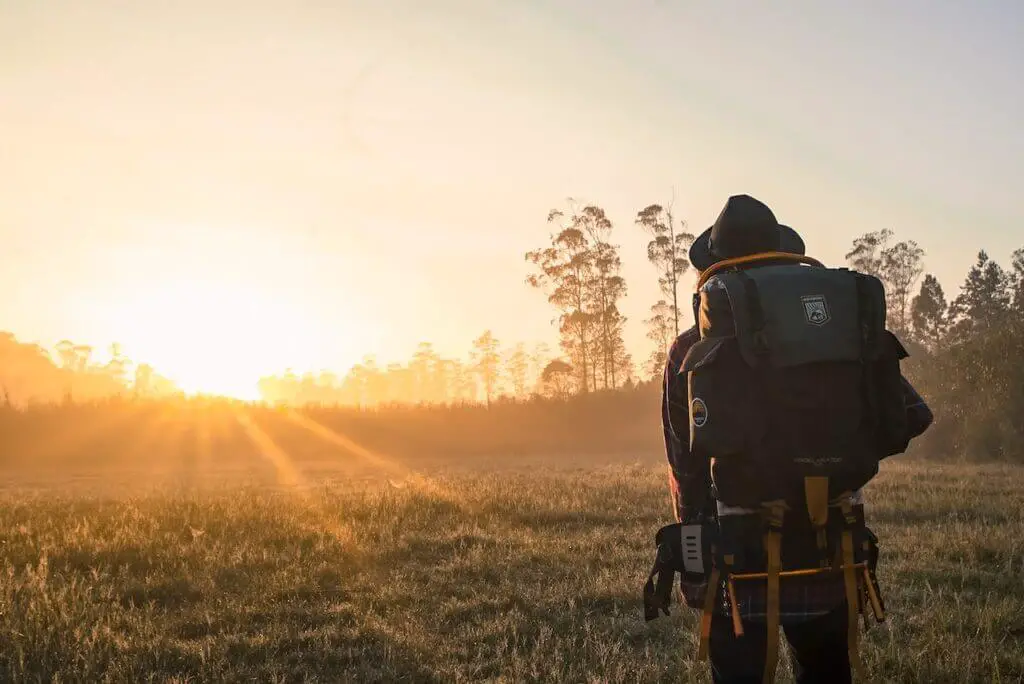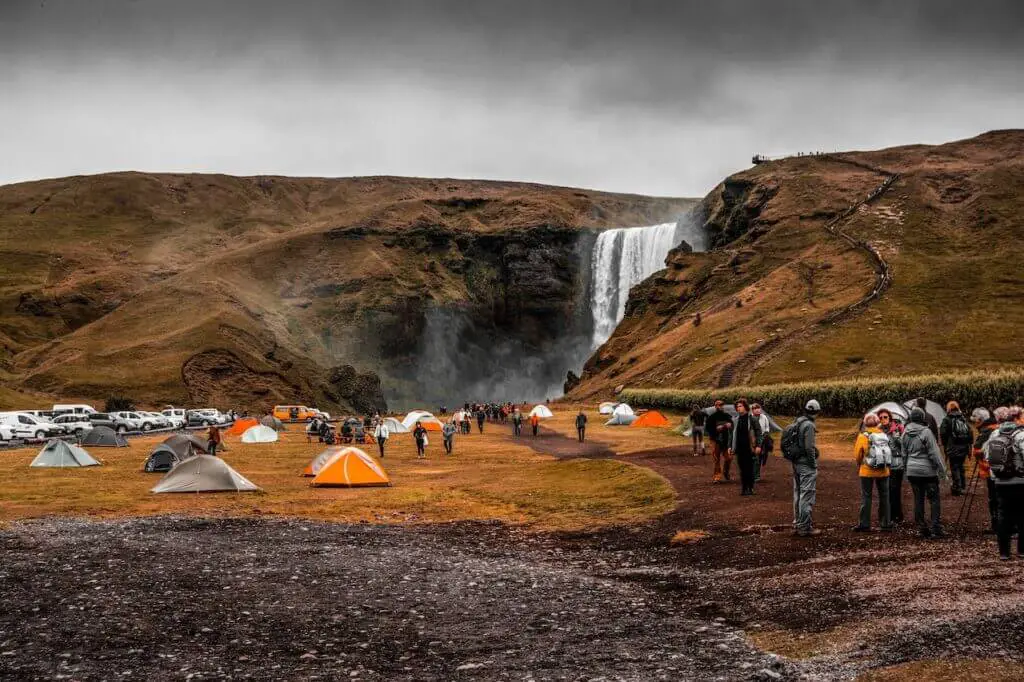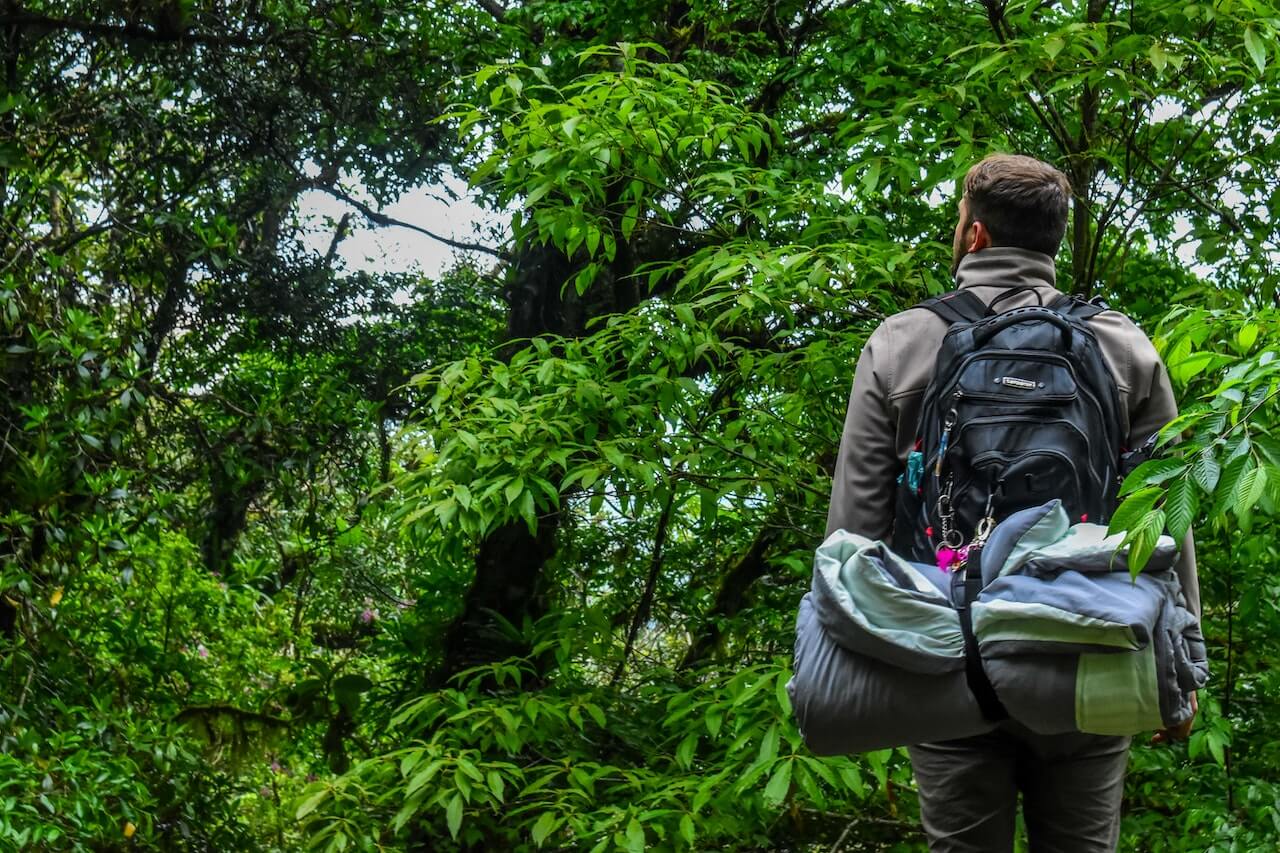Packing for a camping trip can be a daunting task, especially if you’re new to camping or aren’t sure what to bring.
However, with a little planning and organization, you can easily pack everything you need for a successful and comfortable trip.
In this article, we’ll go over the essential gear and clothing you’ll need to bring, as well as some tips for packing efficiently and lightly.
We’ll also discuss optional gear to consider, food and meal planning, and setting up and taking down your campsite.
By following these guidelines, you’ll be prepared for any camping adventure that comes your way.
Related Articles:
- What Are The Most Important Things To Bring For Camping?
- What Do You Need For Camping In A Tent
- What Are The 10 Essentials For Camping And Hiking
- How Do You Safely Store Your Camping Gear At Home
- When Should You Buy Camping Gear?
1. Essential Gear And Clothing To Pack For A Camping Trip
When packing for a camping trip, it’s important to bring the right gear and clothing to ensure a comfortable and safe trip. Here is a list of essential items to consider packing:
1.1 Tent
A tent is essential for providing shelter during your trip. Make sure to choose a tent that is appropriate for the number of people in your group and the expected weather conditions.
1.2 Sleeping bag
A sleeping bag will keep you warm and comfortable at night. Make sure to choose a sleeping bag that is rated for the temperature range you’ll be camping in.
1.3 Sleeping pad
A sleeping pad provides insulation and cushioning for a more comfortable night’s sleep.
1.4 Backpack
A backpack is essential for carrying all of your gear during the day or when you’re on the move. Choose a backpack that is large enough to hold all of your essentials and comfortable to wear.
1.5 Headlamp or flashlight
A headlamp or flashlight is essential for seeing in low-light conditions. Make sure to pack extra batteries or a backup light source.
1.6 First aid kit
A first aid kit is essential for handling minor injuries and emergencies. Pack a kit that includes basic supplies like bandages, gauze, adhesive tape, and pain relievers.
1.7 Water bottles or hydration system
It’s important to stay hydrated during your trip, so make sure to pack plenty of water or a hydration system like a water bladder.
1.8 Stove and fuel
If you plan on cooking your own meals during your trip, make sure to bring a stove and enough fuel to last the duration of your trip.
1.9 Cookware and utensils
Pack a pot, pan, and utensils for cooking and eating your meals. Consider packing lightweight and compact options to save space in your backpack.
1.10 Cooler
If you plan on bringing perishable items or need to keep food and drinks cold, pack a cooler with ice packs.
1.11 Clothing and footwear
Pack clothing and footwear that is appropriate for the expected weather conditions. Make sure to bring layers, as temperatures can vary significantly during a camping trip.
1.12 Personal hygiene items
Don’t forget to pack personal hygiene items like toothpaste, toothbrush, hand sanitizer, and biodegradable soap.

2. Tips For Packing Efficiently And Lightly For A Camping Trip
2.1 Make a packing list and stick to it
Before you start packing, make a list of everything you need to bring. This will help you stay organized and ensure you don’t forget any essential items.
2.2 Consider the weather and location of your trip
Pack clothing and gear that is appropriate for the expected weather conditions and location of your trip.
For example, if you’ll be camping in a cold, wet environment, make sure to pack warm, waterproof clothing and gear.
2.3 Use packing cubes or compression sacks to organize gear
Packing cubes and compression sacks can help you organize and compress your gear, making it easier to pack and find items in your backpack.
2.4 Choose multi-purpose items
Look for items that can serve multiple purposes, such as a bandana that can be used as a headband, neck gaiter, or towel.
2.5 Consider renting or borrowing gear instead of buying new
If you’re not sure if you’ll be camping frequently or don’t have the budget to buy all new gear, consider renting or borrowing gear from a friend or outdoor retailer.
2.6 Leave unnecessary items at home
Only pack the essentials and leave any unnecessary items at home. This will help you save space and reduce the weight of your backpack.
3. Optional Gear To Consider Packing For A Camping Trip
3.1 Hammock
A hammock can be a comfortable and lightweight alternative to a tent, especially if you’re camping in a warm and dry environment.
3.2 Portable chair or stool
A portable chair or stool can provide a comfortable place to sit around the campsite or at the beach.
3.3 Camping pillow
A camping pillow can provide added comfort for a good night’s sleep.
3.4 Insect repellent
If you’re camping in an area with a lot of bugs, consider packing insect repellent to keep them at bay.
3.5 Sunscreen
Protect your skin from the sun by packing sunscreen, especially if you’ll be spending a lot of time outdoors.
3.6 Games or entertainment
Pack some games or entertainment to pass the time during down times at the campsite.
3.7 Emergency whistle
An emergency whistle can be used to signal for help if you get lost or are in danger.

4. Food And Meal Planning For A Camping Trip
4.1 Consider your dietary needs and preferences
Make sure to pack food that meets your dietary needs and preferences. If you have food allergies or follow a specific diet, plan accordingly.
4.2 Pack non-perishable and lightweight food options
Look for non-perishable and lightweight food options that won’t take up too much space in your backpack or cooler.
Examples include dried fruit, nuts, energy bars, jerky, and instant oatmeal.
4.3 Use vacuum-sealed bags or containers to save space and reduce waste
Vacuum-sealed bags or containers can help you save space and reduce waste by removing excess air and compacting your food.
4.4 Plan for easy and quick meals that can be prepared with minimal equipment
When camping, it’s important to plan for meals that can be easily and quickly prepared with minimal equipment.
Examples include pre-made sandwiches, wraps, salads, or one-pot meals like soups and stews.
4.5 Pack a cooler with ice packs
If you plan on bringing perishable items or need to keep food and drinks cold, pack a cooler with ice packs.
Make sure to use a separate cooler for drinks and food to prevent cross-contamination.
4.6 Don’t forget to pack condiments and spices
Pack condiments and spices to add flavor to your meals and make them more enjoyable. Just make sure to pack small containers or use travel-sized packets to save space.
5. Tips For Setting Up And Taking Down Your Campsite
5.1 Follow Leave No Trace principles
When camping, it’s important to follow Leave No Trace principles to minimize your impact on the environment.
This includes properly disposing of trash, respecting wildlife, and respecting the campsites of others.
5.2 Choose a flat and well-drained campsite
Choose a flat and well-drained campsite to set up your tent. Avoid setting up your tent in low-lying areas where water may collect during a rainstorm.
5.3 Set up your tent in a protected area
Choose a location to set up your tent that is protected from the wind, rain, and sun. Look for an area with trees or other natural barriers that can provide some shelter.
5.4 Keep a clean campsite
Keep your campsite clean and organized by properly disposing of trash, using a camp stove instead of building a fire, and following any other campsite rules.
5.5 Pack out everything you bring in
When you leave the campsite, make sure to pack out everything you brought in, including trash and any food scraps.
This helps to preserve the natural beauty of the area and prevent the spread of invasive species.

Conclusion
Packing for a camping trip can seem overwhelming at first, but with a little bit of planning and organization, it can be a breeze. Here are some key takeaways to remember when packing for your next camping trip:
Make a packing list: Write down everything you’ll need for your trip, including clothing, gear, and any personal items you might need.
Pack light: Try to limit yourself to just the essentials and leave any unnecessary items at home. This will make it easier to carry your gear and set up camp.
Consider the weather: Make sure to pack appropriate clothing for the weather conditions you’ll be facing. This includes rain gear, warm layers, and sun protection.
Don’t forget the basics: Be sure to bring a first aid kit, a flashlight or headlamp, and a map or GPS device.
Pack your food and cooking supplies: Choose lightweight, non-perishable food that’s easy to prepare, and bring along a stove, pots, and utensils for cooking.
By following these tips and being prepared, you’ll be able to enjoy a successful and stress-free camping trip.

Hi, I’m Vineet. Creator of DivinioWorld. I am an outdoor enthusiast and absolutely love researching, learning, and applying skills and knowledge in the real world. I started DivinioWorld to share everything I know so that even a beginner can follow the ropes and master the subtle art of outdoors adventure and survival.
